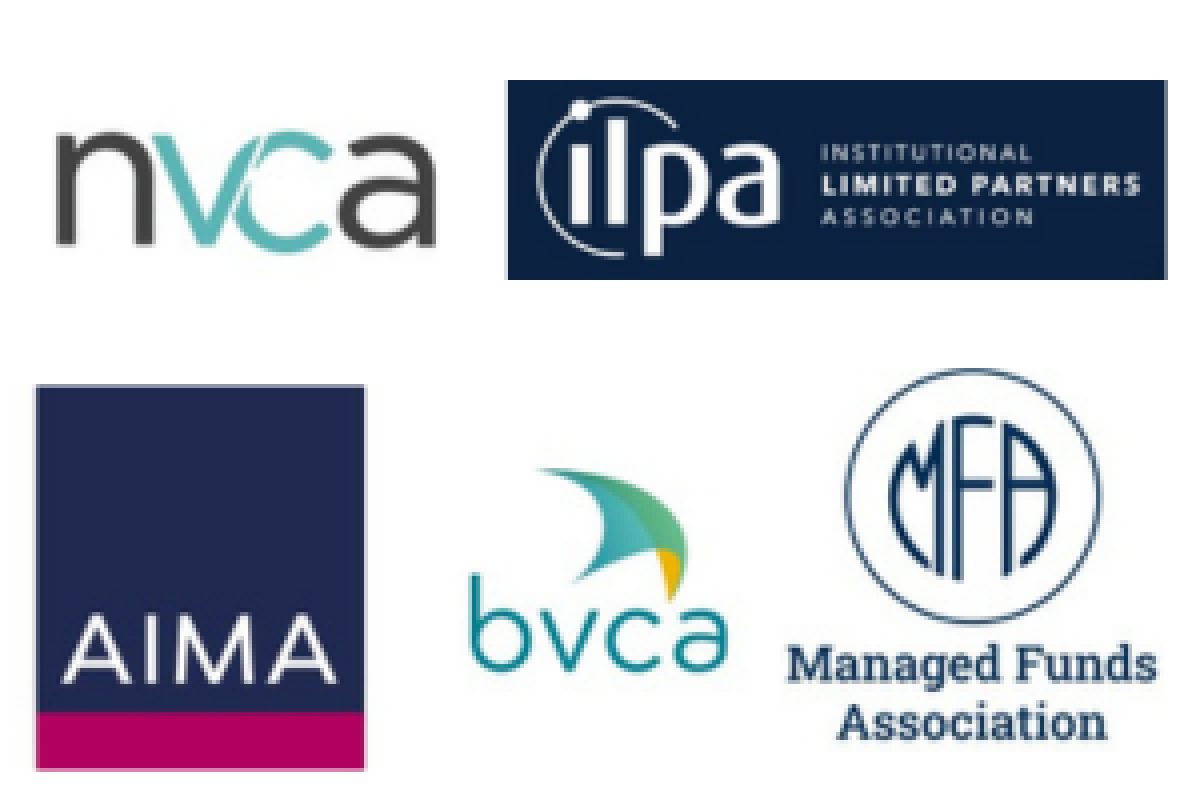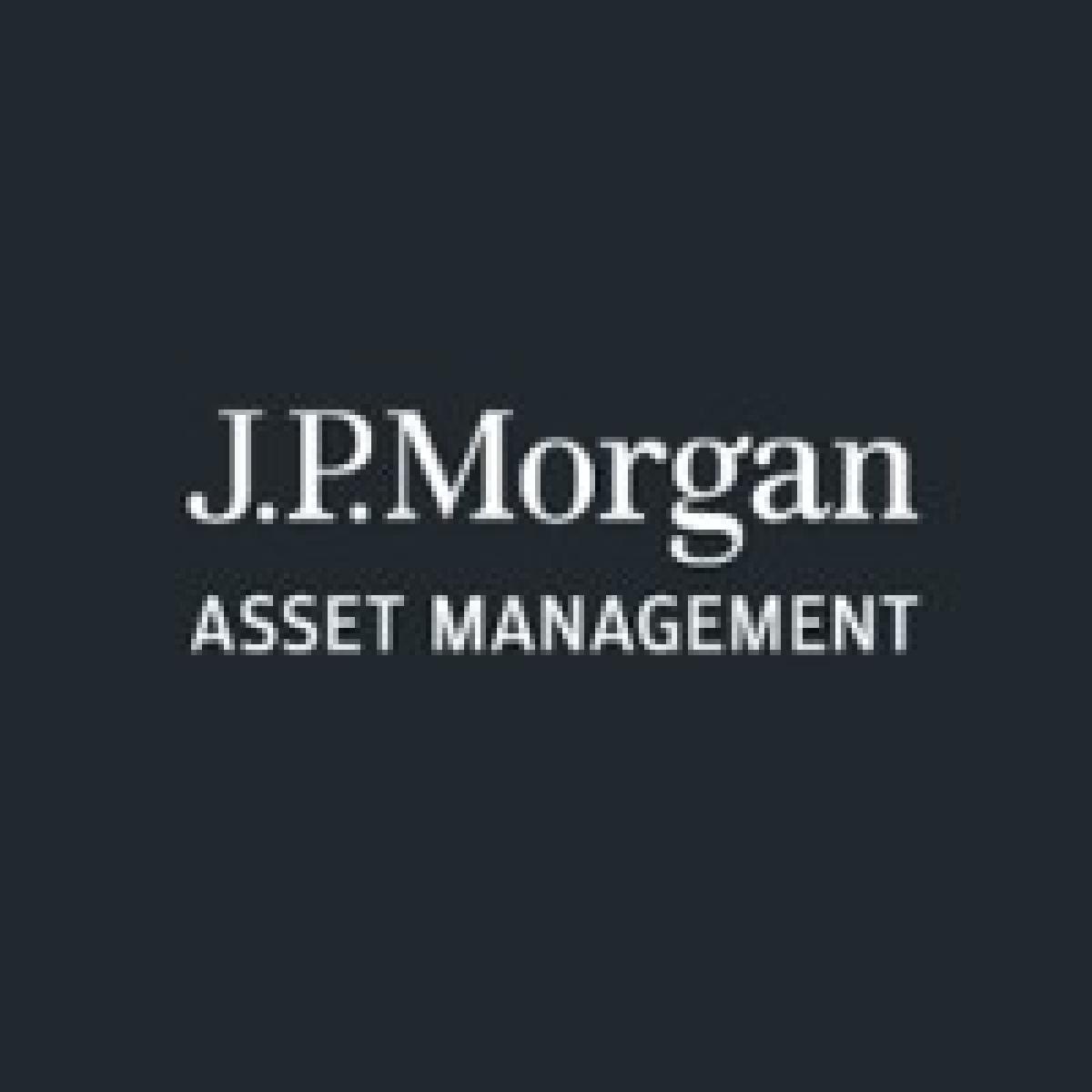Authored by Christie Hamilton
I love architecture. From the beauty and awe of the Taj Mahal to the humor of more ephemeral, whimsical designs from the likes of Prada Marfa to me, it is all art. As best I can tell, my love started with a healthy childhood (okay, lifelong) obsession with Legos, which evolved into an interest in art museums and unique historical buildings. More recently, it has morphed into an appreciation for the designs of genius architects like Ludwig Mies van der Rohe and his Farnsworth House. This house in particular interests me because it is unapologetically transparent, fits within the needs of the space, and is simple in a way that veils significant underlying complexity and level of diligence & management.
On that note, if you have spent any amount of time in the finance industry, you know that architectural references make apt metaphors for investing. Building concepts for example, ‘floorplan design’, map nicely onto investment concepts like the development of investment policy and/or portfolio; there is also ‘framing’ which could be processes, asset allocation buckets, or even professionalism, or even final walkthrough, which could be the formal recommendation and approval of a specific manager or strategy or negotiating the final PPM.
The idea of constructing a building versus constructing a portfolio even parallel in that each requires specific tools. While the comparison is clearly not subtle, one of the best parts is that, unlike constructing a house, building a functional, diversified portfolio only requires a handful of tools and anyone can do it!
Ultimately, building anything to withstand the test of time is as much a labor of love as it is an exercise in management and quantitative calculations. It also, of course, requires special techniques that take the architect [in this case, of a portfolio] time to develop, as well as unique knowledge that is non-standard for the broader investment industry along with a judicious use of technology.
Just as a skilled architect meticulously designs a building's floorplans, carefully selects materials, and employs precise framing techniques to ensure structural integrity, an investor crafts a portfolio akin to a well-designed floorplan. Continuing with this architectural metaphor, I’ve offered a few industry resources that bring this concept to life.







